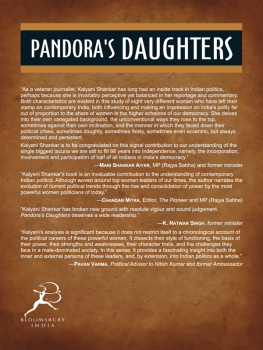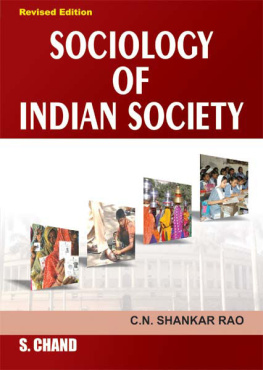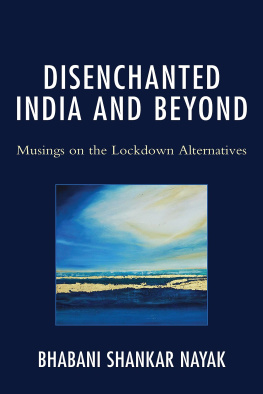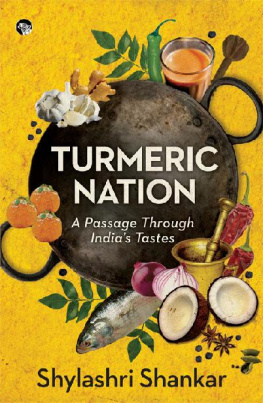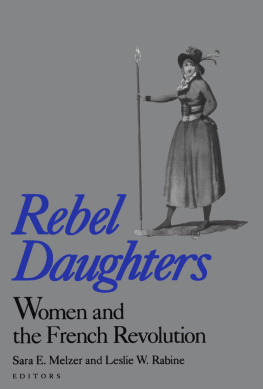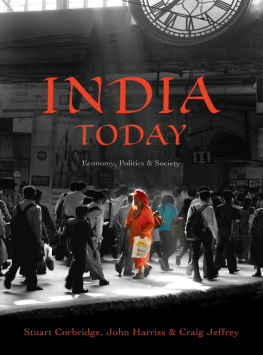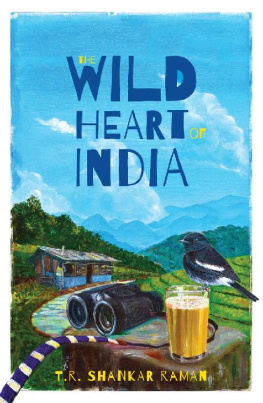Contents
Pandoras Daughters
Pandoras Daughters
Kalyani Shankar

text Kalyani Shankar 2013
All rights reserved. No part of this publication may be reproduced or transmitted in any form or by any means, electronic or mechanical, including photocopying, recording, or any information storage or retrieval system, without prior permission in writing from the publishers.
No responsibility for loss caused to any individual or organization acting on or refraining from action as a result of the material in this publication can be accepted by Bloomsbury India or the authors/editor.
Bloomsbury Publishing India Pvt. Ltd
Vishrut Building, DDA Complex,
Building No. 3, Pocket C- 6 & 7
Vasant Kunj, New Delhi 110070
www.bloomsbury.com
ISBN: 978-93-82951-06-3
Typeset by Eleven Arts
The content of this book is the sole expression and opinion of its author, and not of the publisher. The publisher in no manner is liable for any opinion or views expressed by the author. No warranties or guarantees are expressed or implied by the publishers choice to include any of the content in this volume. While best efforts have been used in preparing this book, the publisher makes no representations or warranties of any kind and assumes no liabilities of any kind with respect to the accuracy or completeness of the content and specifically disclaims any implied warranties of merchantability or fitness of use for a particular purpose.
The publisher believes that the contents of this book do not violate any existing copyright/intellectual property of others in any manner whatsoever. However, in the event the author has been unable to track any source and if any copyright has been inadvertently infringed, please notify the publisher in writing for corrective action.
For
Annika
Preface
PANDORAS DAUGHTERS AIMS TO illuminate and interpret the strengths and weaknesses of eight prominent, contemporary women leaders of India. The book is not a biography but a political profile of Sonia Gandhi, Mayawati, Mamata Banerjee, Jayalalithaa, Sheila Dikshit, Pratibha Patil, Sushma Swaraj and Mehbooba Mufti. They have all set a record in their own way.
The Italian-born Sonia Gandhi is the chairperson of the UPA and the president of the Congress party. She has created many records by uniting and leading the party, restoring dynastic politics, becoming the first woman Leader of the Opposition, bringing the UPA to power twice and declining to become the prime minister not once but thrice. She has also experimented with a dual power centre where she has retained all powers without accountability while making her nominee the prime minister, who was accountable but with no power.
Mayawati symbolizes rising Dalit strength as she has been the chief minister of Uttar Pradesh four timesa breathtaking feat for a woman from a poor, oppressed Scheduled Caste family. She has not only co-founded the Bahujan Samaj Party (BSP) but also expanded it and has become a force to reckon with.
Mamata Banerjee has created history by winning against the communists who were in power for 34 years to become the first woman chief minister of West Bengal. Hailing from a middle class family, she has reached the top by sheer hard work and determination.
Film star-turned politician Jayalalithaa was appointed the chief minister of Tamil Nadu for the third time and believes in her own personality cult. After losing power in 1996 due to several corruption charges many thought she would fade away, but she fought and came back to power in 1998, joined the NDA government and also contributed to its collapse in 1999. She came back to power in 2001 and again in 2011 with a massive majority.
Sheila Dikshit, a Congress chief minister, has achieved a hat trick by winning Delhi three times in a row and is poised to win it for the fourth time. She has built up an image of the granny next door.
President Pratibha Patil, who retired in 2012, became the symbol of women power as the first woman president of India. She has proved that a low-profile leader can reach the top of the ladder with the patronage of the Gandhi family.
Sushma Swaraj is the Leader of the Opposition in the Lok Sabha and a shadow prime minister-in-waiting. She is one of the few women who have reached the top in a male-dominated BJP and the only woman member of its Parliamentary Board.
Mehbooba Mufti is the Leader of the Opposition in Jammu and Kashmir. She has become a leader in her own right in the last decade, although she was initially promoted by her father, former chief minister of Jammu and Kashmir Mufti Mohammad Sayeed.
There are some commonalities and dissimilarities among these women leaders. They fall under three categories. The first ascended to power because of their family background (Sonia Gandhi, Sheila Dikshit, Mehbooba Mufti), the second through the patronage of a mentor (Mayawati and Jayalalithaa) and the third on their own (Mamata Banerjee). Politics infuses every moment of these leaders lives.
But one commonality is that they are all undisputed leaders of their parties and rule with an iron hand. Secondly, they have all risen to power in the past two decades, although India has had some prominent women leaders in the past like Indira Gandhi, the first woman prime minister; Sucheta Kripalani, the first woman chief minister of UP; and Nandini Satpathy, the first woman chief minister of Orissa.
These are not the only women leaders in India; there are many more but I have chosen only those who are or have been presidents, prominent leaders of their parties or chief ministers.
The strength of this book is that I have personally known all these leaders and interacted with them over the years and had access to their friends and detractors. Most of the analysis is based on primary sources and my own understanding of the ups and downs in their political careers, which I have followed carefully as a journalist. Those interviewed for this book have been quite forthcoming and frank in their assessment of these leaders whom they know well.
This book would not have been possible without the support of the Woodrow Wilson International Center for Scholars, Washington, D.C., which gave me a fellowship to work on my project. The director of the Asia Program Robert Hathaway and Ambassador Dennis Kux were extremely helpful while I was at the center. My sincere thanks also goes to Cyana Shilton, who researched for me, and Prof Ralph Buultjens of the New York University, who encouraged me throughout. Premila and her husband John Mussells made my stay in Washington very pleasant by their constant care and I am grateful for that. I would like to thank veteran journalist Inder Malhotra for his valuable suggestions. My son Dilip, my daughter-in-law Rebecca and particularly my daughter Shylashri have been fully supportive of the project and helped me in every possible way. A word of thanks is also due to my copy editor Mona Joshi.
We are thankful to Outlook India for providing images for the cover of the book.
Above all, I am grateful to my publisher Mr. Rajiv Beri, CEO of the Bloomsbury India, and his team who have been kind enough to publish this book and give me all the support.
Introduction
THE UNITED NATIONS GENERAL Assembly adopted the Convention on the Political Rights of Women in 1952, seven years after it was founded. This landmark agreement codified womens rights to vote and hold political office without discrimination on the basis of gender. In 1979, the General Assembly adopted the Convention on the Elimination of All Forms of Discrimination against Women (CEDAW), which requires ratifying states to include measures promoting gender equality in their national laws. Despite these measures of progress, global politics remains remarkably stratified on the basis of gender.
Next page
